I’m bored in the U.S.A
How did it happen?
– Father John Misty, 'Bored in the U.S.A.'
Recently I found myself teaching Donald Barthelme’s now classic postmodern story “The Balloon” to undergraduate students in an American literature survey. When I canvassed for reactions to the piece, I was surprised to hear a majority of the students describe the story as “boring.” Barthelme’s surrealistic tale, in which an enormous balloon inexplicably appears over a large swath of Manhattan one day and elicits a bevy of citizen reactions, isn’t exactly what one would call dull. That’s a little like calling Dali’s drooping clocks tiresome. Nevertheless, the story’s dizzying language, weirdness, and lack of plot failed to keep some students’ attention.
But my students were in good reading company. In The Pleasure of the Text (1973), even Roland Barthes admits he sometimes becomes bored while reading, though boredom’s threat also ensures his readerly bliss. Yet what is indicative of the reader’s aesthetic freedom for the sophisticated Barthes, can feel to the novice reader like confusing chaos. The initial moral of this story about a story might be somewhat obvious: one person’s boredom is another’s obsession.
True as that may be, the boring can often be a starting place for discovery. In fact, I managed to win over several skeptics by sifting through the seeming narrative nonsense and helping students to discover what mattered in the story and how we might engage with its strangeness. It’s basically what we literature professors do on a daily basis, point to how the patterns, forms, and structures in language and storytelling create meanings of which we’re not always aware. Teaching formally and stylistically complex works is especially challenging in this respect, but it’s pretty fun to turn the boring into the interesting.
The larger lesson here is that boredom can be counteracted, though never completely avoided, because attention can be directed as well as distracted, cultivated as well as captured. This is an essential theme of the undisputed “king” of contemporary American novels about boredom, David Foster Wallace’s posthumously published and unfinished The Pale King (2011). The initial reviews of the book, which follows the personal lives and political intrigue surrounding a number of IRS workers in the 1980s, revelled in calling it a novel “about” boredom. An Internal Revenue Service (IRS) novel, seriously? Yet the “boring” parts of the novel—a description of IRS employees turning pages while auditing, for instance—are actually no more boring than other dense and difficult passages in Wallace’s oeuvre.
___
"We are increasingly gripped by stories without paying attention to story-making itself"
___
What Wallace brings to the fore in The Pale King is the way in which boredom constitutes an ethical dilemma in our contemporary era. In one important section, the character Chris Fogle reflects upon his transformation from a “wastoid” to a dedicated IRS agent. Fogle’s tale, which Wallace purposely reports in a wandering, detail-overloaded way that earns Fogle the nickname “irrelevant” (a.k.a. boring), underscores the importance of harnessing our attention and committing to something in life. For Wallace, we have the choice to direct our attention to what matters, which gives us perhaps some agency against larger forces that attempt to manipulate it to their own ends. Being attentive may not be so easy in practice, and focusing on something means we miss noticing other things (just Google the Harvard experiment “gorillas and attention”), but it’s imperative that we try.







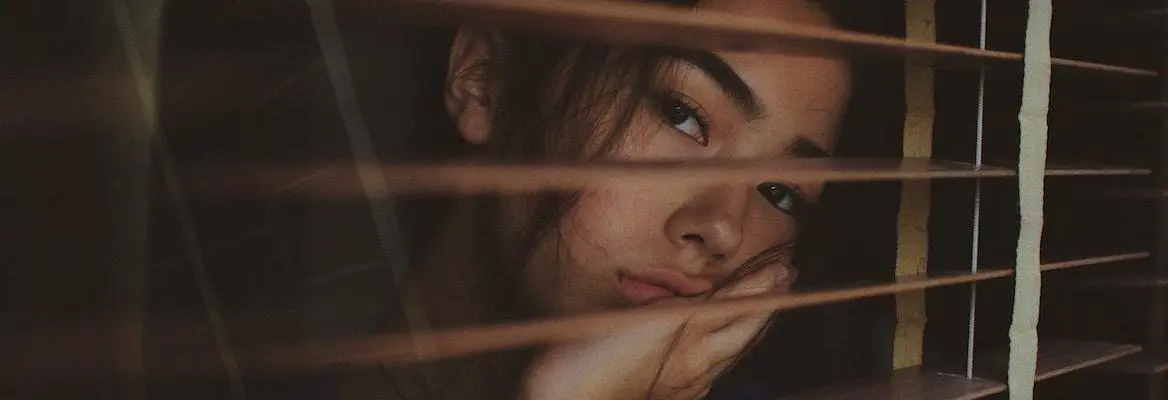






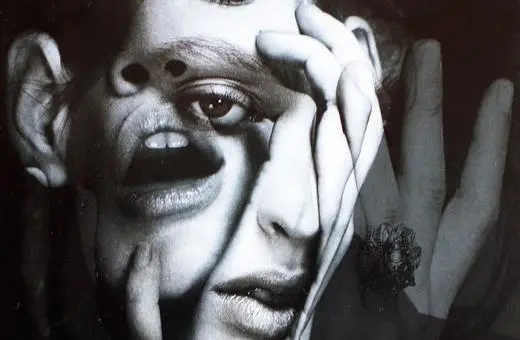
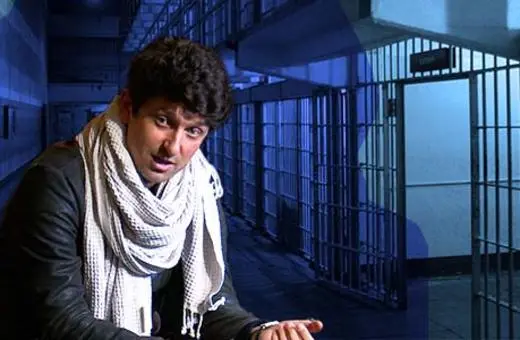
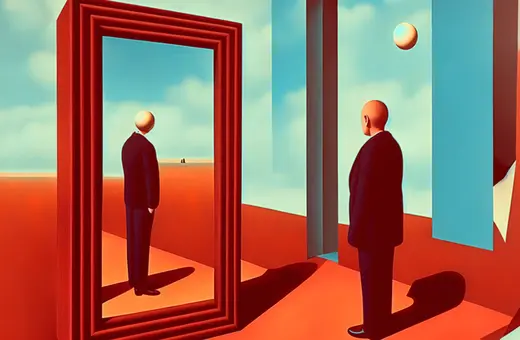
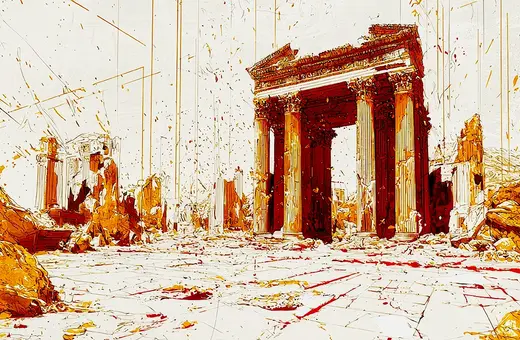

Join the conversation